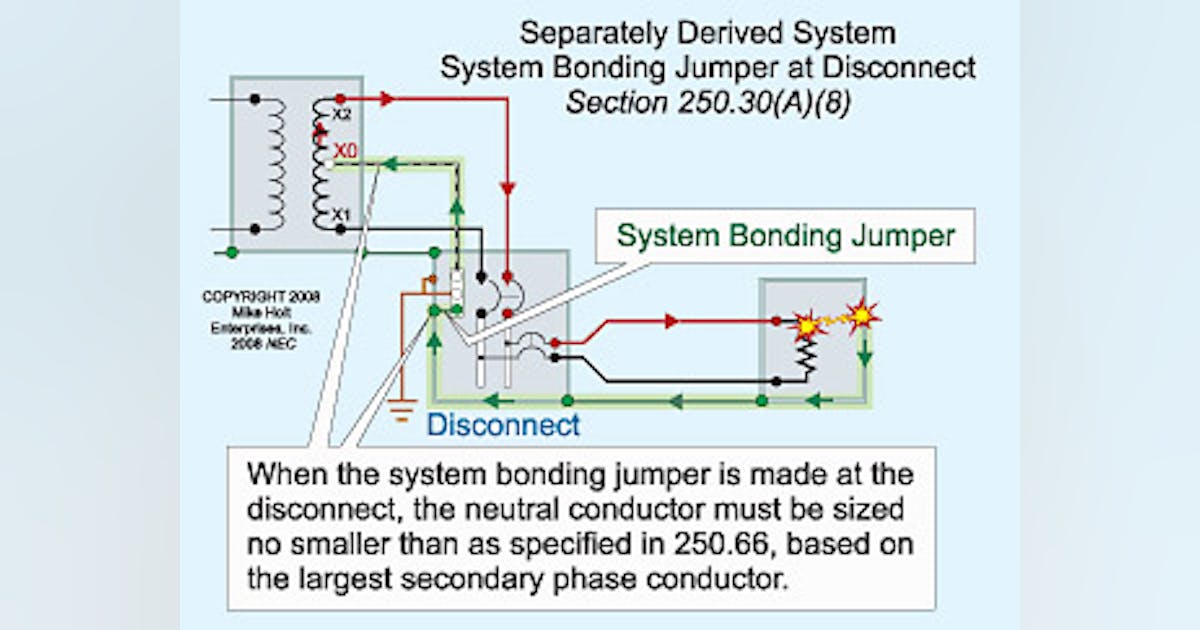Zwy
Solar Wizard
If it were me, I would only wire the generator to the 6548 inputs, and also to a chargeverter, and not have the generator feed anything else. Then you don't need any external ATS, since 6548 already do ATS.
I think with the Predator it might not be clean power which could affect the inverters.
I'd prefer a Chargeverter off the generator.
It would depend on how clean the generator power is.This is how I am setting up my system. The generator will only be optionally wired to a small 2-breaker box, where one breaker feeds the AC inputs on the inverters (with feed breaker turned off probably forever), as I plan to use only my 4x 48v AIMS battery chargers (on the other of the two breakers) to charge batteries directly, but if I have a failure on my battery chargers, I can turn on the other breaker from generator to the AC input on the inverters and charge that way.
I don't see any reason to wire a generator directly to the load panel, since the inverters already have bypass mode for that.




